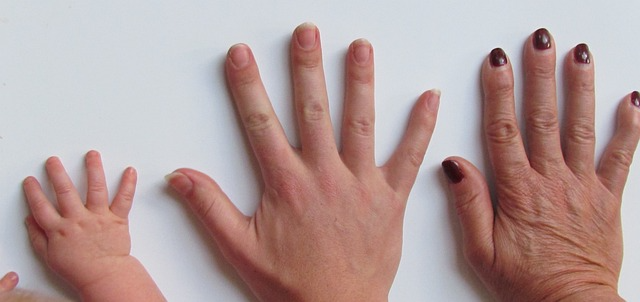Photo courtesy of Pixabay The Human Aging Process Grey hair or hair loss, wrinkled sagging skin, squeaky bones and joints...

Photo courtesy of Pixabay The Human Aging Process Grey hair or hair loss, wrinkled sagging skin, squeaky bones and joints...
© 2025 jackomd180. All rights reserved.